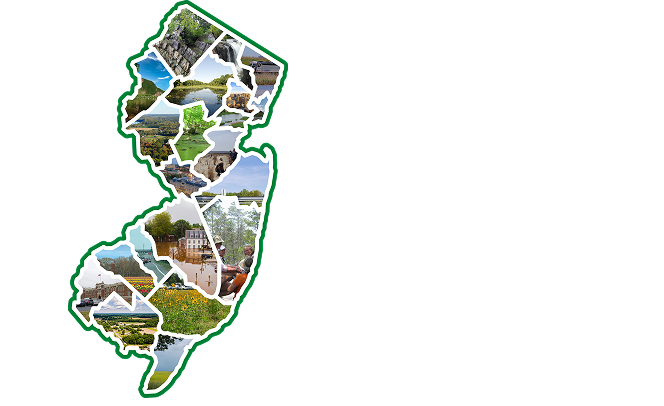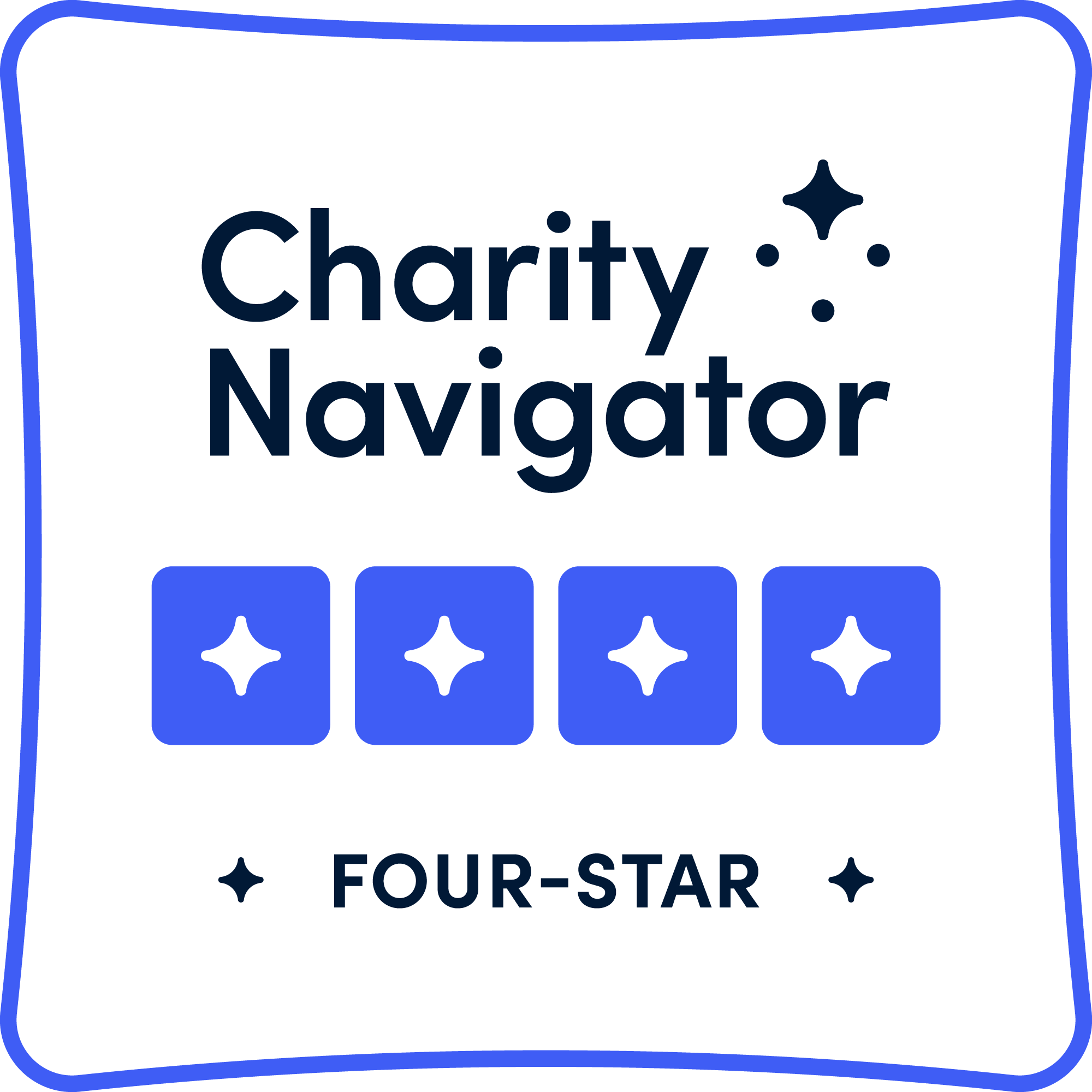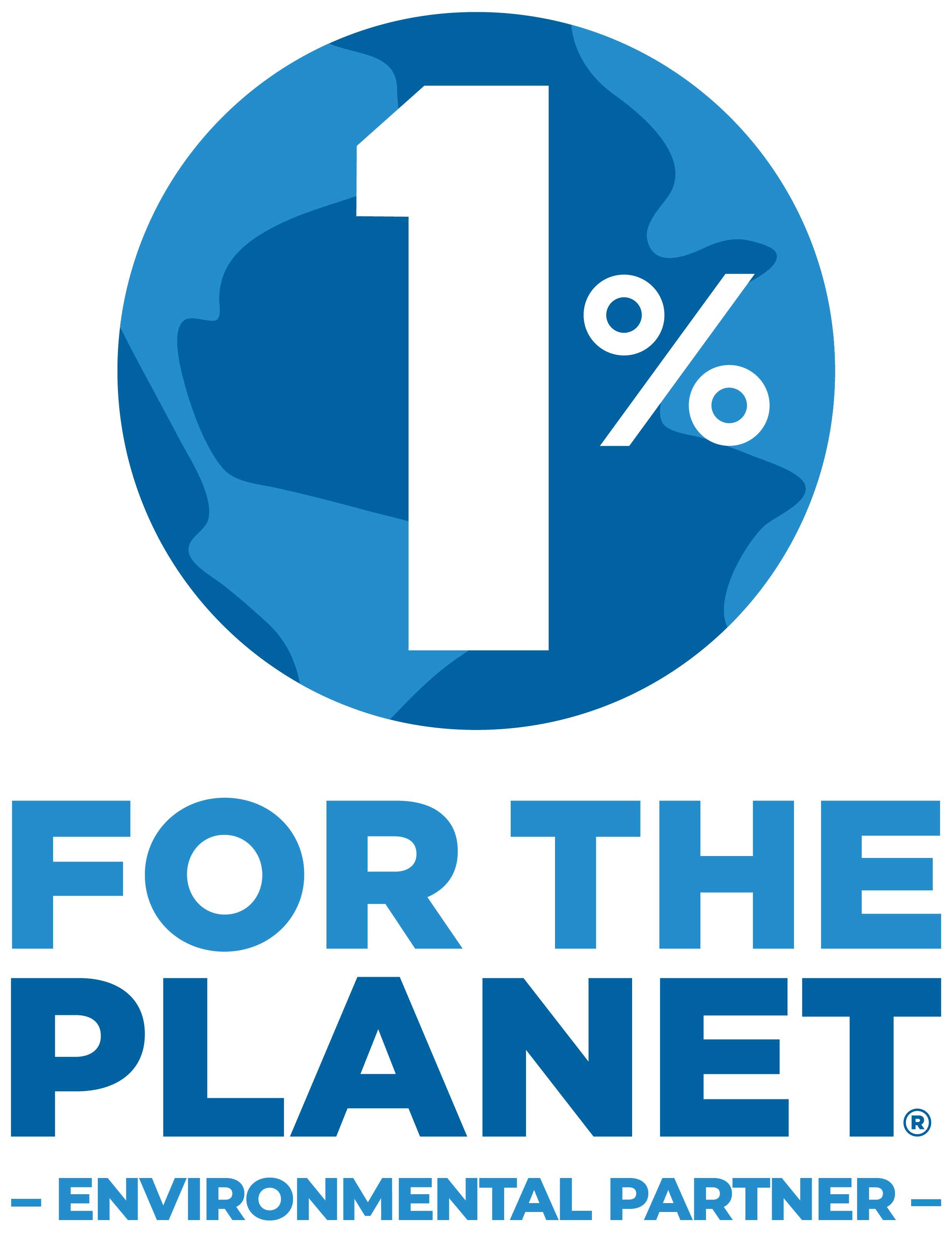The Wisconsin Climate Education Hub was created to provide educators with quick, easy access to high-quality instructional resources to support the state’s requirement for environmental education while advancing the opportunity for educators to incorporate climate change lesson plans into already existing curriculum. Wisconsin educator, Tera Fieri, has been an active proponent of climate education for many years. Read about her climate education journey and check out helpful climate education resources from the Wisconsin Climate Education Hub that are linked throughout the text.
Wisconsin Climate Education Hub

Climate Education in Wisconsin
I’ve been on this climate education journey for the last 13 years and can say that my experience in finding reliable resources, writing curriculum, co-developing an interdisciplinary unit of study, and bringing it all to life through place-based fieldwork has been one of my career highlights. Climate education can seem like an intimidating topic to teach about, however, we are required to by our Wisconsin Department of Instruction Science Standards. It is our job as teachers to embrace these opportunities, create experiences for our kids that allow them to think openly about complex issues, and build our students’ toolboxes to be advocates for the future.
As an educator in Wisconsin, you should feel empowered by the incredible resources we have within our state to bring this topic to life for our students. Resources like G’WOW, WICCI, AINL, Aldo Leopold Center, GLIFWC, Minisan, WI DNR, and the Forest Service can support your classroom with texts, data, images, journals, and videos to provide students with reliable scientific data as well as traditional ecological knowledge. Using these real and rich resources allows students to see how the content they are learning lives outside of school and serves a greater purpose within their Wisconsin community. It’s important to develop lessons and experiences that push our students to ask questions, think critically, and use multiple forms of data to formulate their own conclusions based on the evidence. These are the skills we need our kids to have in today’s world so that they will become active members in their community.
A Model of How to Teach About Climate Change
Our school, Marathon Venture Academy, created a 12-week interdisciplinary unit of study called Culture of Climate Change. Our staff wanted to build students' background knowledge on the science of climate change, learn about the effects on our Wisconsin cultures, and be engaged in understanding mitigation strategies for our state. Below is a framework that we developed for each class and a description of the final product that students created. The final culminating products served a purpose in the community. The final product was not a graded assessment, but the components that lead up the product were assessed in core classes.
In ELA, students read climate stories from people around the world. This set the scene for how, globally, island communities are being greatly impacted by a changing climate. Students looked closely at the way the authors wrote to tell a compelling story, assessed the point of view, and used evidence to make inferences about the climate impacts on the island nations. The Wisconsin-based resources came from the Climate Generation Workshop Materials 2023. Students then wrote Haiku poems on a community of their choice. In Case Study 2, students read the book Moonbird by Phillips Hoose to make connections between geography and the climate impacts of migration patterns. In Case Study 3, students used evidence they discovered in science class, storytelling skills from ELA, and cultural knowledge from social studies to write an argument. Students were asked to write about an outdoor tradition their family enjoys and determine if the tradition will be impacted by a changing climate. Students took their climate argument and synthesized the text to create the written portion of their product.
In social studies, students learned about climate geography in their first case study. They were able to make connections to the “where” as they learned about the data in science and the communities studied in ELA. In Case Study 2, students dove deep into understanding the history of the Ojibwe people. Students learned how connected the Ojibwe are to the land around them and how the Earth is interwoven into their culture. As students learned about climate impacts on ecosystems in science class, they were able to start making connections to what this means for the Ojibwe people. Lastly, students dug into learning about mitigation and adaptation strategies. They used WICCI and Project Drawdown’s Table of Solutions to analyze what has been done in the past and what is currently being done. Students were asked to connect with one strategy that they felt might be attainable for them to consider and determined how that change could impact the people and environment in the future.
In science, students learned about traditional ecological knowledge and how it compares to scientific data by looking at the records of Aldo Leopold. Students did weekly phenology journaling to dig into understanding natural cycles and how they can become out of balance. They analyzed patterns and trends in Wisconsin and global climate data through graphs of annual global land and water temperature, carbon emissions, and precipitation patterns. Students connected what they saw and found evidence in texts to support their findings. They used this evidence to support their argument in ELA class. Once they had background knowledge of the quantitative data, students learned about ecosystems. They used GLIFWC, WICCI, and Minisan resources to understand which organisms are being impacted by climate change. Students completed a species vulnerability assessment to determine how that change will impact our local WI ecosystems. They were able to make connections to how these changes will impact both their own traditions as well as those of the Ojibwe culture.
As a culminating product, students created and submitted a Turn It Around card. Their card was a synthesis of their writing in ELA, science, and social studies classes as well as a visual of these changes in the form of a phenology wheel. This is a visual sample of the final product that students created in this expedition. Additionally, students wrote a synthesized version of their learning to complement this work:

Making Your Curriculum Come to Life
Learning about climate change can seem like somewhat of an abstract idea for kids. They often wonder why it matters and if they can even do anything about it. Our goal in this expedition was to help our students form a connection with this abstract concept and relate it to their lives here in Wisconsin. To do so, we collaborated with experts during a two-day place-based field experience at the Apostle Islands National Lakeshore and Northern Great Lakes Visitor Center. During fieldwork, students interacted with experts on climate change and witnessed, first-hand, some of the impacts a changing climate has on the Great Lakes Region. Day one students learned about Ojibwe language and climate change from Michael Waasegiizhig Price who is a GLIFWC Traditional Ecological Knowledge Specialist. Then Hannah Panci and Hannah Arbuckle from the Great Lakes Indian Fish and Wildlife Commission (GLIFWC) talked to the students about Ojibwe treaty rights and climate change. Following these presentations, students became active in their learning and participated in small stations such as Beings on the Move, G-WOW Changing Climate, Changing Culture Exhibit, and Green Technologies. On day two, kids traveled to Apostle Islands National Lakeshore to learn about the history of the Hokinson Fisheries exhibit, the changes in climate ecology in estuaries on Lake Superior, understanding phenology wheels, and the Power of the Forest for the Ojibwe people.
Teaching about climate change doesn’t have to be this big of an undertaking. The Wisconsin Climate Education Hub has some incredible resources to help you in this work. For promoting activism, there is a great unit to set kids up for success in elementary school. We utilized this Ecosystem Vulnerability Assessment by GLIFWC in science, but it could be used in math and ELA as well. These creature cards could serve as a project model after students dive into the Vulnerability Assessment. Lastly, these Climate Working Groups pages serve as a background knowledge resource for teachers, but also an excellent research tool for students to use on projects. I highly recommend you explore the Wisconsin Climate Education Hub as it’s an excellent and new resource for Wisconsin. I challenge you to take one small step or one giant leap into tackling this topic in your classroom. You can do it!
As an educator, I hope this inspires you to take risks in teaching about hard topics. Remember to present your students with multiple perspectives, and teach them how to use evidence in their conversations, understand reliable sources of information, and make deep connections to their personal lives. We as teachers need to show our kids how to do hard things. It helps keep us fresh in our craft, makes learning relevant, and helps us to continue to grow.

Tera Fieri
Tera Fieri was inspired to be an active member of her community at a young age as her grandmother served as a strong model for this work. In her personal life, being connected to the Earth is deeply important as she and her family enjoy hiking, camping, and exploring National Parks. Tera graduated from Northland College and in the years following taught a variety of subjects, primarily science, in her 15 years as a middle school teacher. She was a founding teacher of Marathon Venture Academy and served as the instructional coach of the Marathon School District. Most recently, Tera began working at CESA 9 which services 22 districts in the central and northern WI regions.




